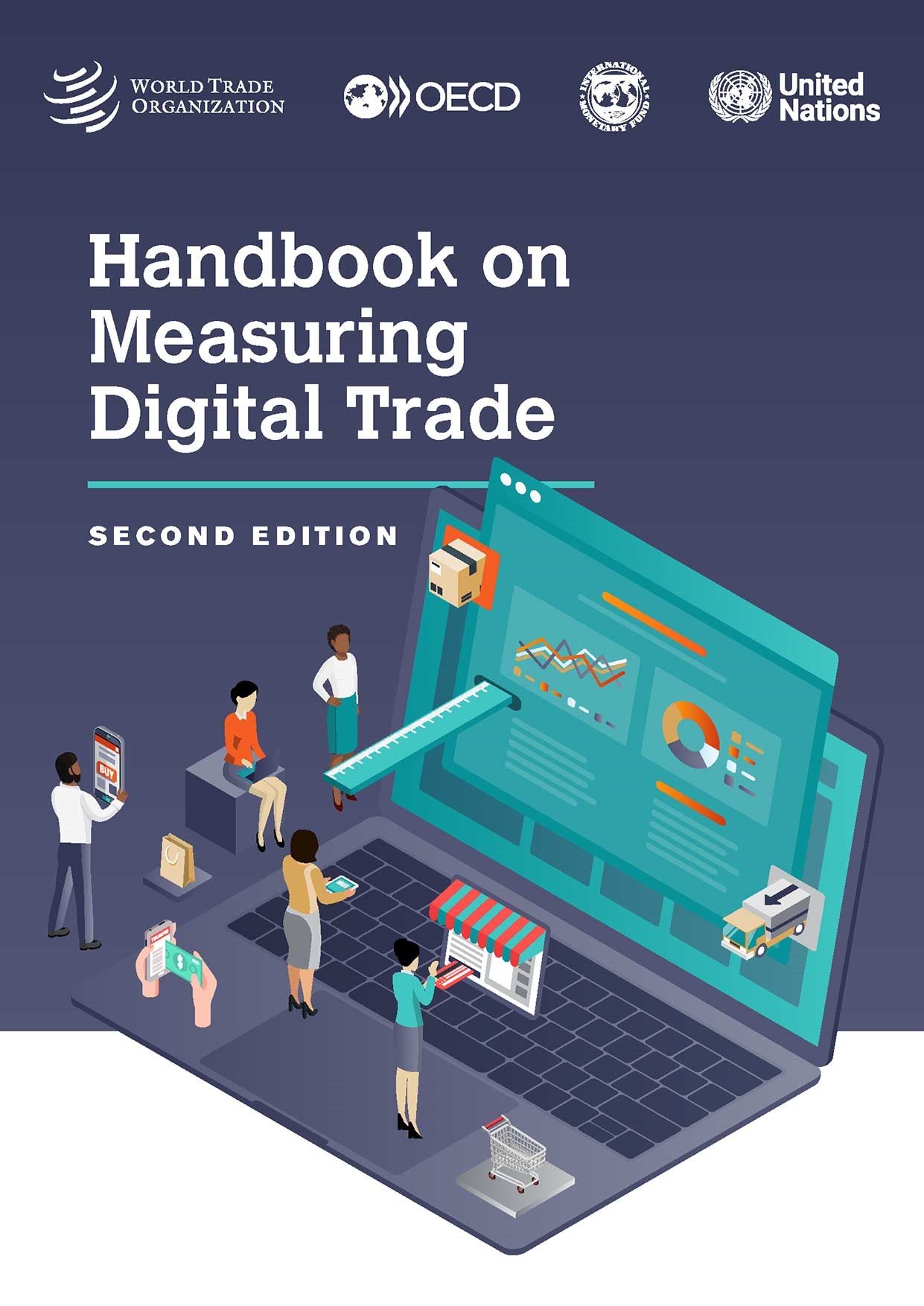Handbook on Measuring Digital Trade

Résumé
What is “digital trade” and how can it be measured and monitored to support policymakers in navigating the digital transformation of international commerce? Digital technologies have made it increasingly feasible for buyers and sellers to place and receive orders on a global scale. They also enable the instantaneous remote delivery of services directly into businesses and homes, including internationally. By focusing on these two criteria – digital ordering and digital delivery across borders – the Handbook on Measuring Digital Trade sets out a conceptual and measurement framework for digital trade that aligns with the broader standards for macroeconomic statistics. This second edition of the Handbook is the outcome of a partnership between the International Monetary Fund (IMF), the Organisation for Economic Co-operation and Development (OECD), the United Nations Conference on Trade and Development (UNCTAD) and the World Trade Organization (WTO), resulting in a comprehensive agreed approach. This Handbook aims to help statistical compilers to address policymakers’ needs for statistical evidence on digital trade. It includes extensive compilation guidance, drawing upon substantive inputs and case studies from both developed and developing economies and covering a variety of survey and non-survey sources. A reporting template is also proposed to support compilers in the production and dissemination of digital trade statistics. This Handbook thereby establishes a valuable shared foundation for understanding and measuring digital trade in a way that is internationally comparable. Furthermore, it provides a crucial resource for an active programme of technical assistance and statistical capacity-building, through which the four co-authoring partner organizations can support statistical compilers as they seek to measure, monitor and respond to the challenges of digital trade.



